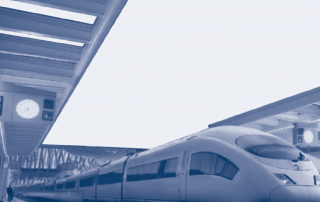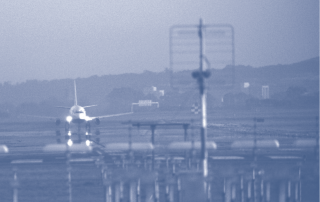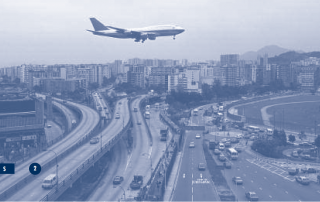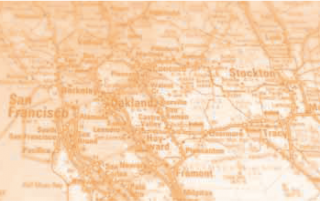Life-Cycle Environmental Assessment of California High Speed Rail
Mikhail Chester and
Arpad Horvath
California is planning to spend $40 billion to build a high speed rail system from San Diego to Sacramento. Advocates argue that high speed rail will save money and improve the environment, while critics claim it will waste money and harm the environment. What accounts for these diametrically opposed views about a technology that has been operating in other countries for decades? And what can transportation analysts offer to inform the debate?




